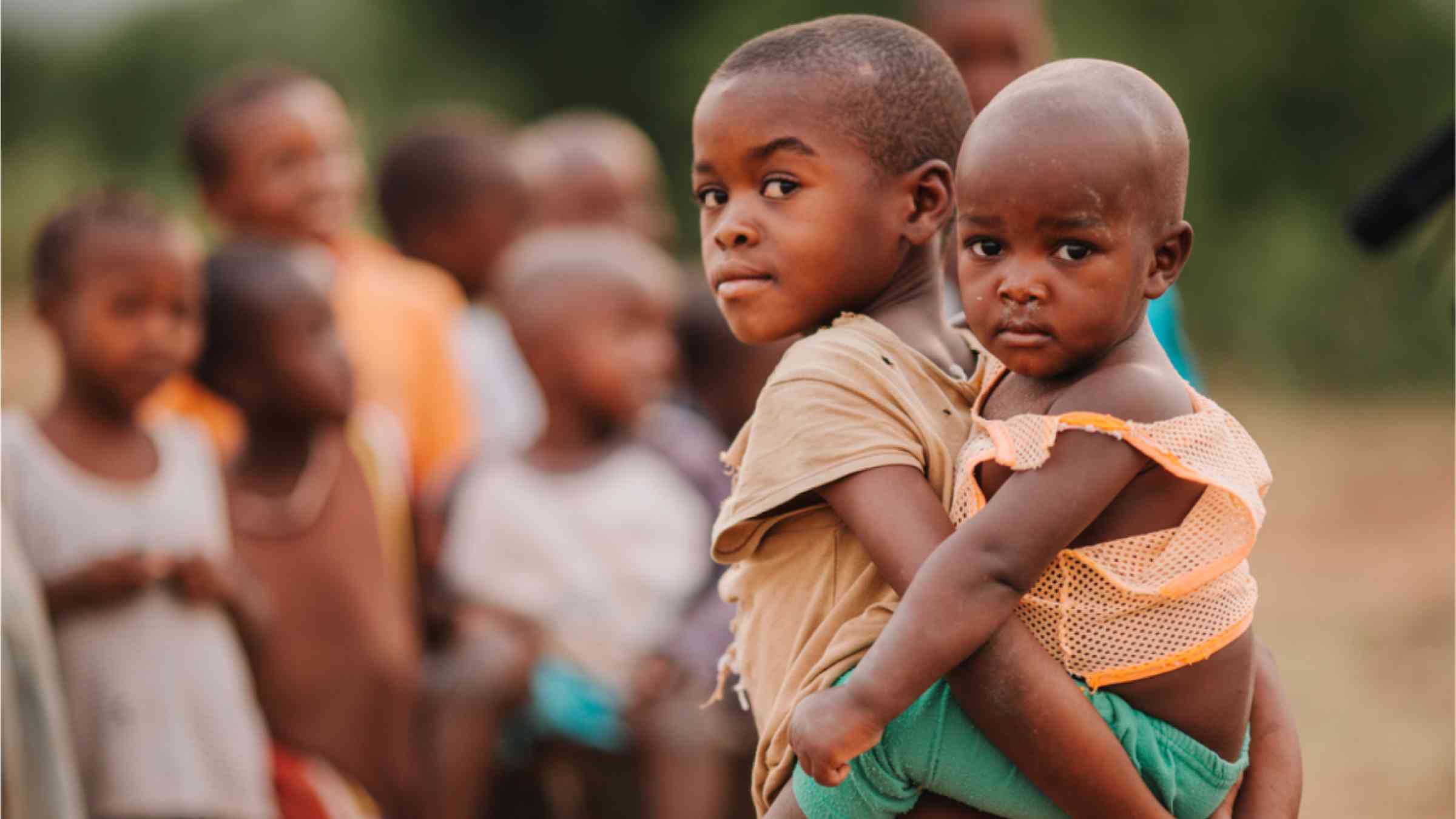UN official highlights how better preparation has shrunk disaster deaths despite worsening climate

The world hasn’t really noticed how the type of storms that once killed tens or hundreds of thousands of people now only claim handfuls of lives, new United Nations Assistant Secretary-General Kamal Kishore, who heads the UN’s office for disaster risk reduction told The Associated Press. But he said much more needs to be done to keep these disasters from pushing people into abject poverty.
[...]
As the former disaster chief for India, Kishore points to how his country has cut deaths thanks to better warnings and community preparedness such as hospitals being ready for a surge in births during a cyclone. In 1999, a supercyclone hit eastern India, killing almost 10,000 people. Then a nearly similar sized storm hit in 2013, but killed only a few dozen people. Last year, on Kishore’s watch, Cyclone Biparjoy killed fewer than 10 people.
[...]
While fewer people are dying “you look at people who are losing their houses, people who are losing their businesses, a small farmer that is running a poultry farm,” Kishore said. When they get flooded or hit by a storm, they may survive but they’ve got nothing, no seeds, no fishing boats.
“On that we’re not doing as well as we should,” Kishore said. “We cannot accept that losses will occur. Of course they will occur, but they could be minimized by an order of magnitude.”